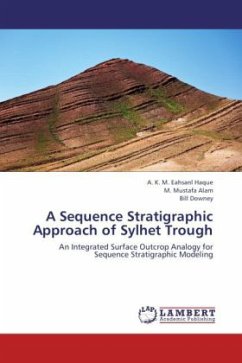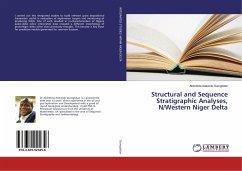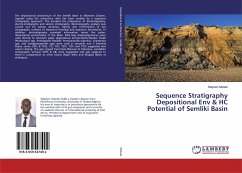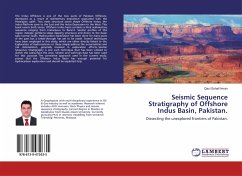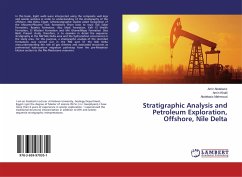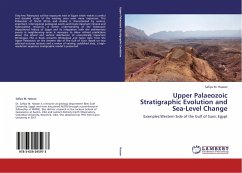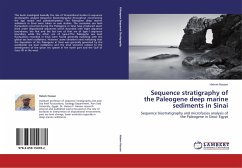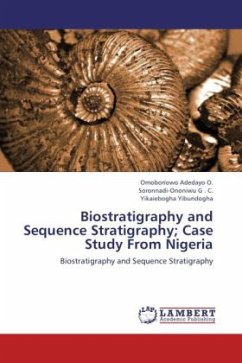The Bengal Basin is considered as the deepest basin of the world; however not much works have been done in the basin. Therefore, the stratigraphic framework of the exposed Eocene to Miocene sediments in the Jaintiapur and surrounding areas, northeastern Sylhet involves surface sedimentological studies along with the sequence stratigraphic modeling of the Sylhet trough. Analyses of the facies and facies-associations have been considered one of the better ways to understand the depositional environment and it has been chosen in the present study for the interpretation based on the available sedimentological data. Hence the research work on the sequence stratigraphy of the exposed Eocene to Miocene sediments of Jaintiapur and surrounding areas of northeastern Sylhet is undertaken in order to understand the sequence stratigraphic framework of the area which may include future sub-surface studies in the basin. For the present study, parasequences, system tracts, bounding surfaces and sequences of the exposed Eocene to Miocene sedimentary deposits of the study area have been redefined and are recognized in response to changes in relative sea level, sediment influx and paleo-physiography.
Bitte wählen Sie Ihr Anliegen aus.
Rechnungen
Retourenschein anfordern
Bestellstatus
Storno

